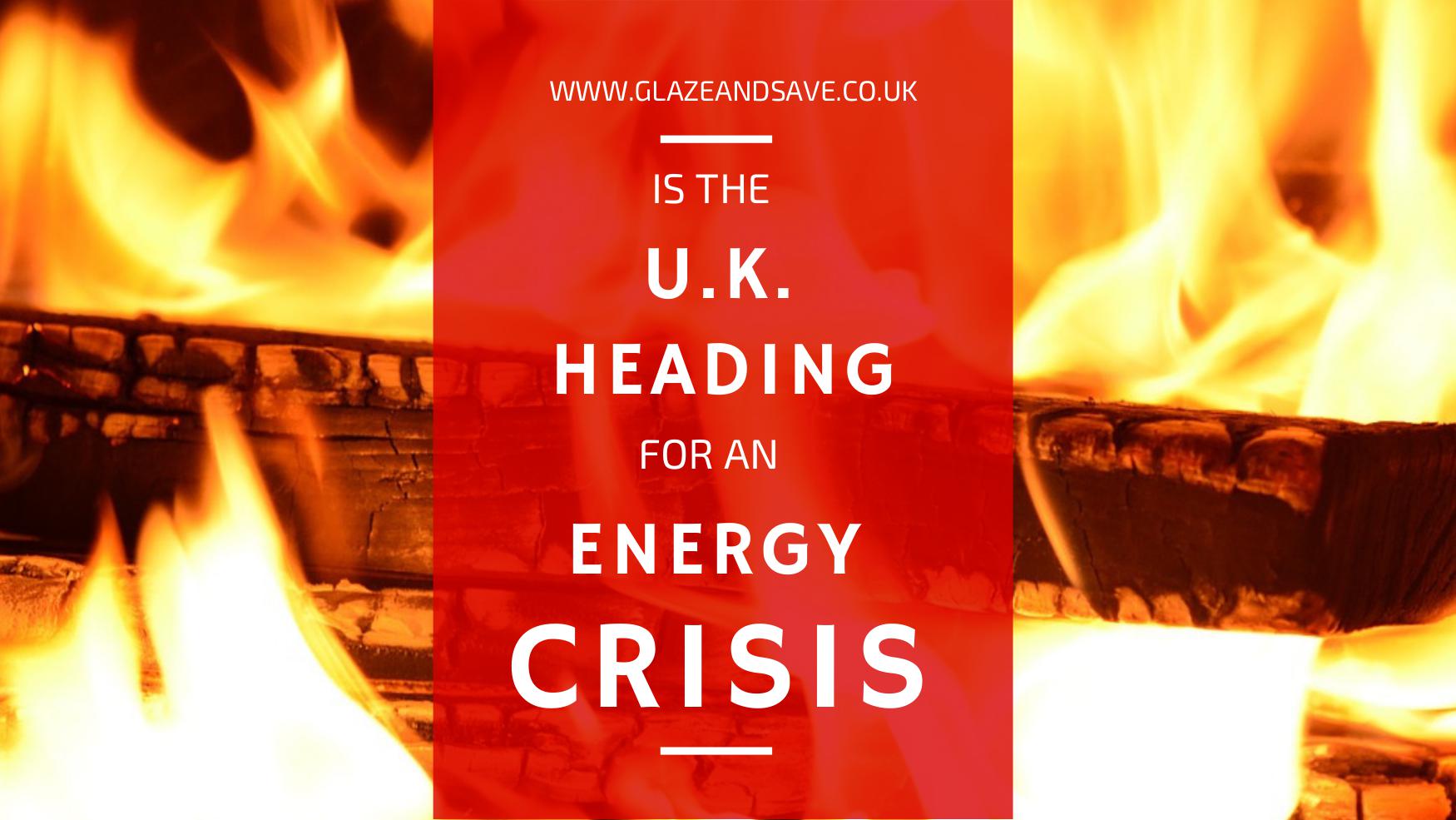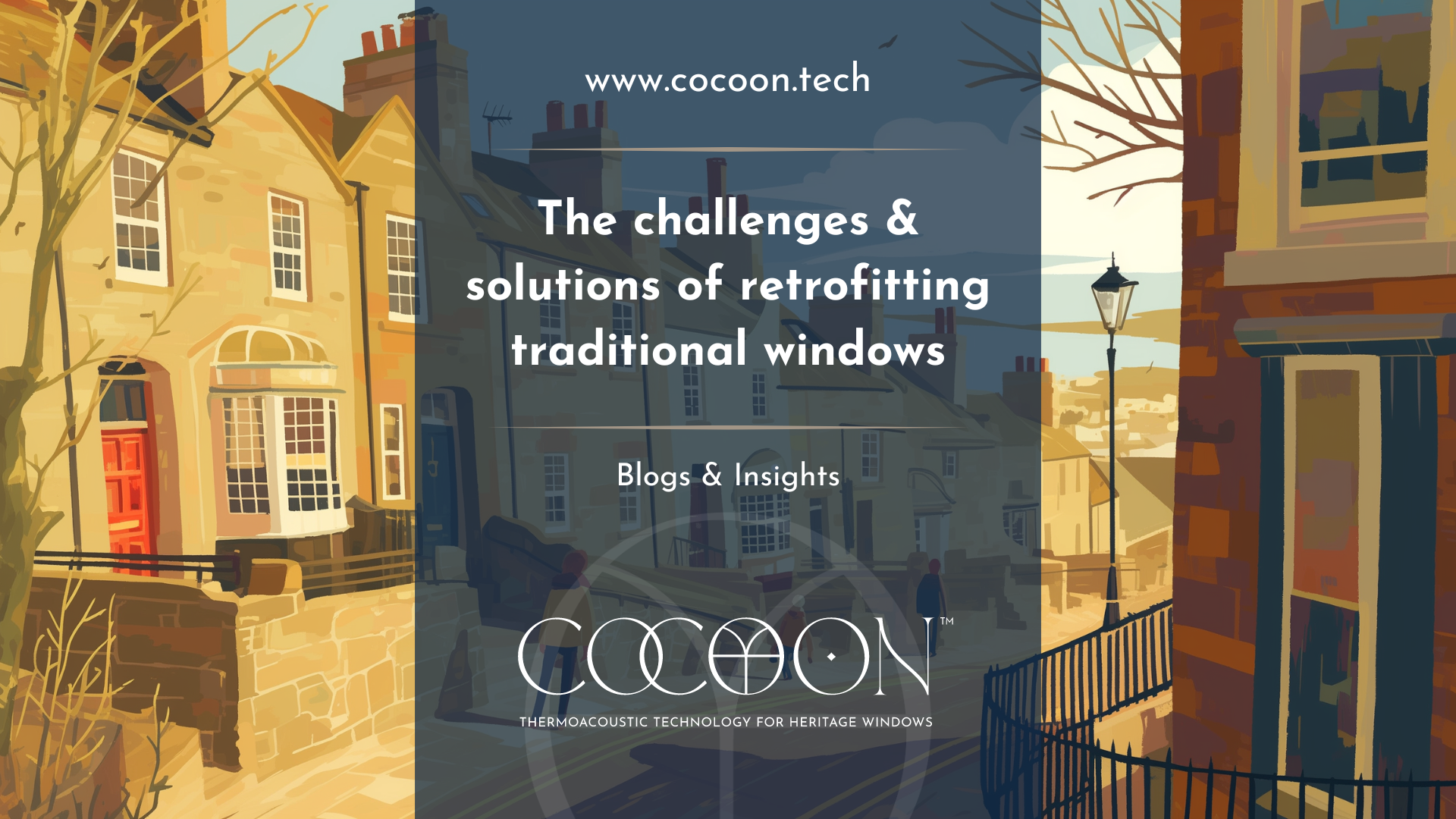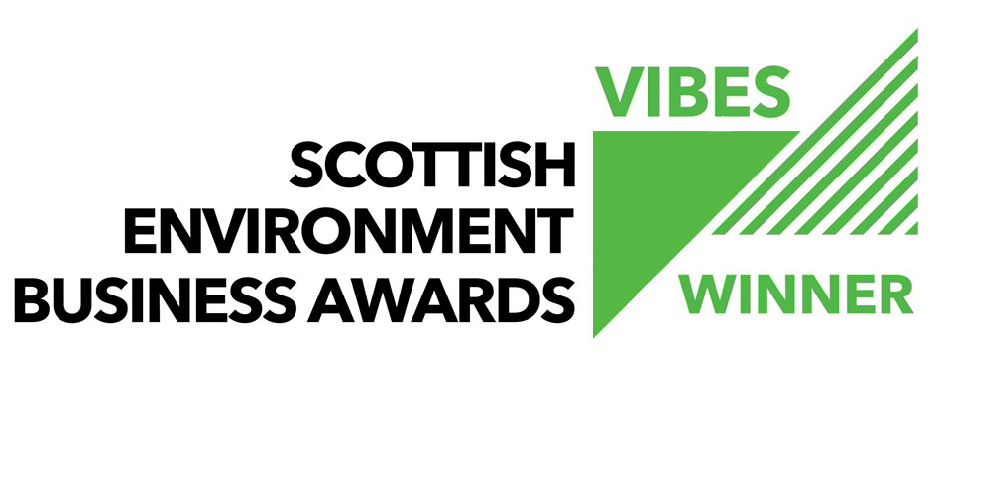Is the UK heading for an Energy Crisis? | Glaze & Save
A few of us may be old enough to remember the Energy Crisis of the 1970s , where the 1973 Arab-Israeli war prompted an oil embargo by Opec that led to a fuel shortage and resulted in global recession, and the world suddenly realised just how dependent it was on the Middle East and OPEC for its oil.
The BBC recounts , in 1974, stories of vast queues around petrol stations, rationed four star and the difficulties people had in heating their homes due to the vast cost of crude oil.
"[My] main recollection is trying to keep the VW Beetle laden with self, colleagues, luggage and audit files down to 50 going from London to Peterborough, saying "s-d it" and pootling along at a bit over 50, getting dirty looks from the drivers I overtook.
And having to beg for fuel to make the journey, the standard ration being two gallons per vehicle.
Peter T, England"
But are we heading for another energy crisis in the UK? A recent report by the Guardian disclosed that nearly a third of the UK’s gas imports come from Qatar, the world’s largest producer of liquefied natural gas (LNG). Qatar’s recent diplomatic crisis, which saw the tiny Gulf state’s transport links severed by Saudi Arabia, the United Arab Emirates, Egypt and several other countriesin June over Doha’s alleged funding of extremist groups, has highlighted just how reliant the United Kingdom is on energy imports as reserves in the North Sea begin to wane.
Up until 2004, the U.K was self sufficient in gas from the North Sea. However, a decline in domestic production means that 60% of our gas is now imported, namely from Norway and Qatar. The National Grid believes that the reliance on imports could reach 93% by 2040. The increased reliance on imports makes the U.K vulnerable to international shortages, embargoes and diplomatic disputes.
Back in January, the cross-party British Infrastructure Group (BIG) of MPs has published: ‘Electric Shock: Will the Christmas Lights Go out Next Winter?’in which it claims that Government targets for closing coal power stations and expanding renewable sources to hit climate change goals have rapidly reduced the UK’s generating output.
The report claimed that, in recent winters, the United Kingdom’s spare electricity margin fell from 17% in 2011-12 to 1% in 2016-17. However, the Department for Business, Energy and Industrial Strategy said taking into account emergency measures, the surplus margin is actually 6.6%.
The report also claims “there is a sustained danger of intermittent blackouts for the foreseeable future”, and that this is down to “dwindling base capacity and freak weather events”. In order to meet the base capacity, the report advises that household bills may rise by £30 per year by 2020, double the Government estimate.
So what can we do to reduce the likelihood of a future energy crisis and any effects it may have on us?
The best things we as individuals can do is move towards renewable resources: we have written about choosing an ethical energy supplier here. Focusing on a future powered by renewables will reduce the United Kingdom’s reliance on fossil fuel imports, creating a cleaner and more stable energy industry.
Not only that, but we can help reduce the likelihood of a future energy crisis by being more energy efficient, both in our behaviours and in the products that we buy. You can read more about energy saving hacks for your home and office hereand here.
You can also purchase energy saving products, such as replacing traditional lightbulbs with CFLs and LEDs; investing in draught proofing products; covering glazed areas with intelligent secondary glazing or heat rejection window films; buying A Rated energy appliances and much more.
You can also find out the best ways to make your home as energy efficient as possible by carrying out an energy audit . An energy audit is a process, usually carried out by a professional, whereby they can identify areas of your home or business that you can increase energy efficiency and reduce your carbon footprint. For businesses, contact Resource Efficient Scotlandabout their energy audit services, and for those looking for an energy audit of their own homes you can contact the Energy Saving Trust.
Finally, you could consider investing in renewable technologies yourself: solar PV panels, for example, not only help meet your own energy needs, they also feed energy back into the National Grid.




















